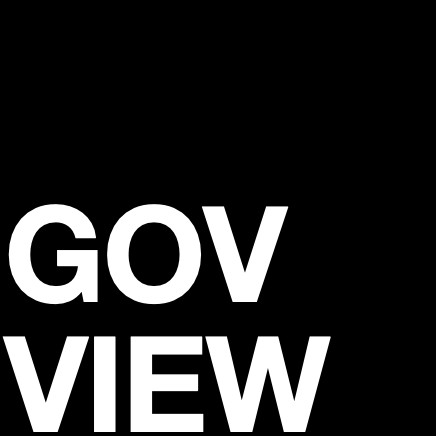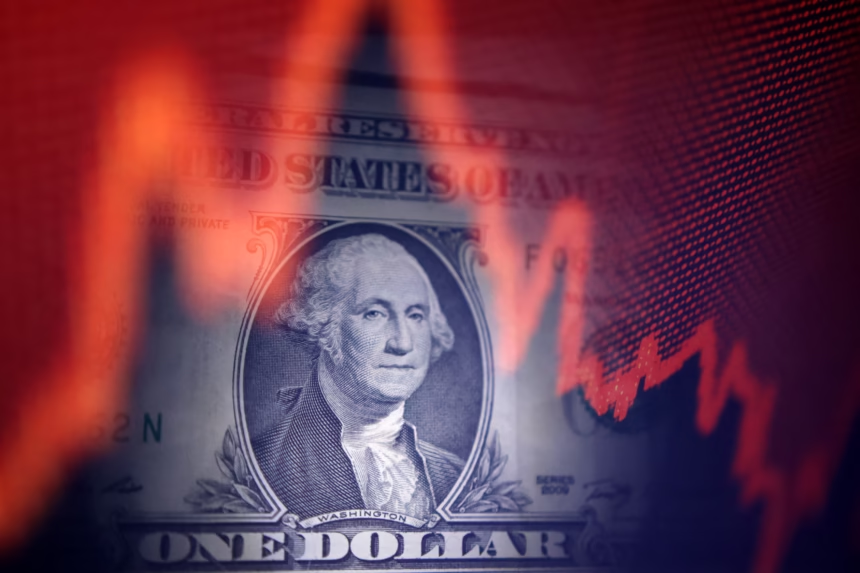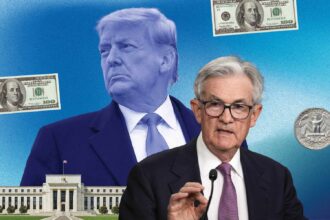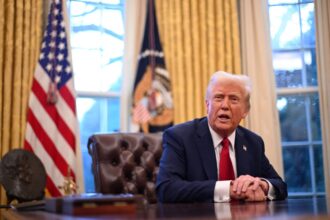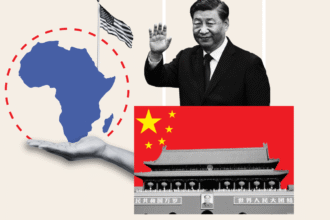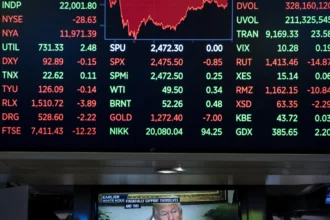The US dollar has long stood as the dominant global reserve currency, used in international trade, finance, and central bank reserves. However, recent economic shifts, rising geopolitical tensions, and challenges to American fiscal stability have sparked growing debate over whether the dollar’s global supremacy is under serious threat. While the dollar remains strong in many respects, signs of vulnerability are becoming harder to ignore.
Mounting National Debt and Inflation
The United States is grappling with a historically high national debt, now exceeding $34 trillion. Combined with persistent budget deficits and rising interest rates, this debt load puts long-term pressure on the dollar’s value and credibility. Inflation, though cooled from its 2022-2023 peak, remains a concern, eroding purchasing power and shaking investor confidence.
De-Dollarization Efforts
Countries like China, Russia, and members of the BRICS bloc are actively pursuing alternatives to the dollar in international trade. These “de-dollarization” efforts include:
- Bilateral trade agreements in local currencies.
- Increased gold reserves.
- Efforts to establish digital currencies independent of US influence.
While these moves have yet to dethrone the dollar, they represent a coordinated shift away from dollar dependence.
Global Confidence Still Strong — For Now
Despite these challenges, the US dollar remains the world’s primary reserve currency, making up about 58% of global foreign exchange reserves. The depth, liquidity, and stability of US financial markets still make the dollar attractive for investors during times of uncertainty. In fact, the dollar often strengthens during global crises, as it is viewed as a “safe haven.”
Risks to Watch
- Geopolitical instability: Ongoing conflicts involving the US or its allies could erode global trust in the dollar.
- Digital currencies: If major economies successfully roll out central bank digital currencies (CBDCs), they could weaken the dollar’s dominance in cross-border payments.
- Internal political dysfunction: A breakdown in fiscal governance or a default crisis in Washington could shake global faith in the dollar system.
Conclusion
The US dollar is not in immediate danger of collapse, but its dominance is no longer untouchable. Rising global competition, growing debt burdens, and the evolution of digital finance are all chipping away at the dollar’s long-held supremacy. Whether these pressures lead to a gradual shift in the global financial order — or a more rapid rebalancing — will depend on how the US manages its economy and international relationships in the years ahead.
